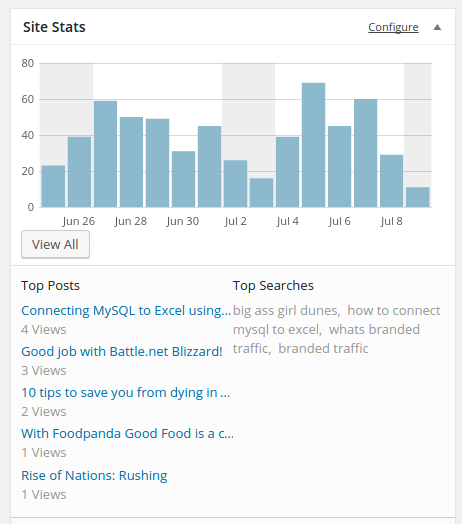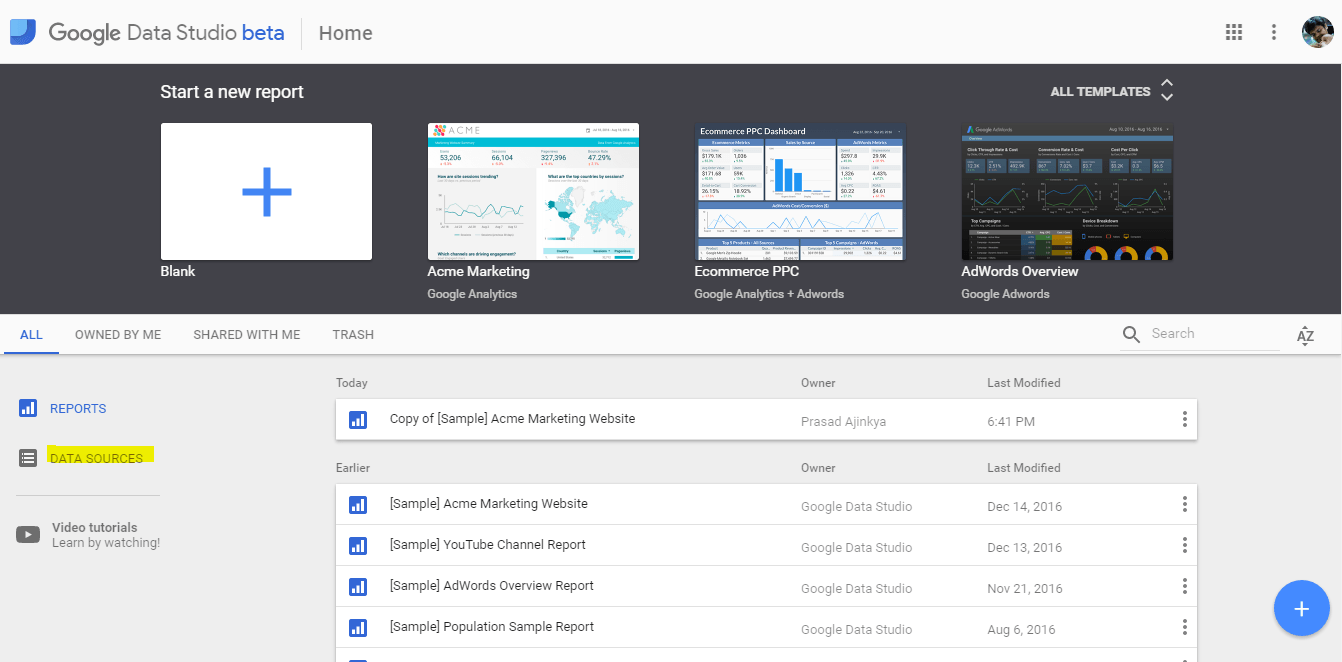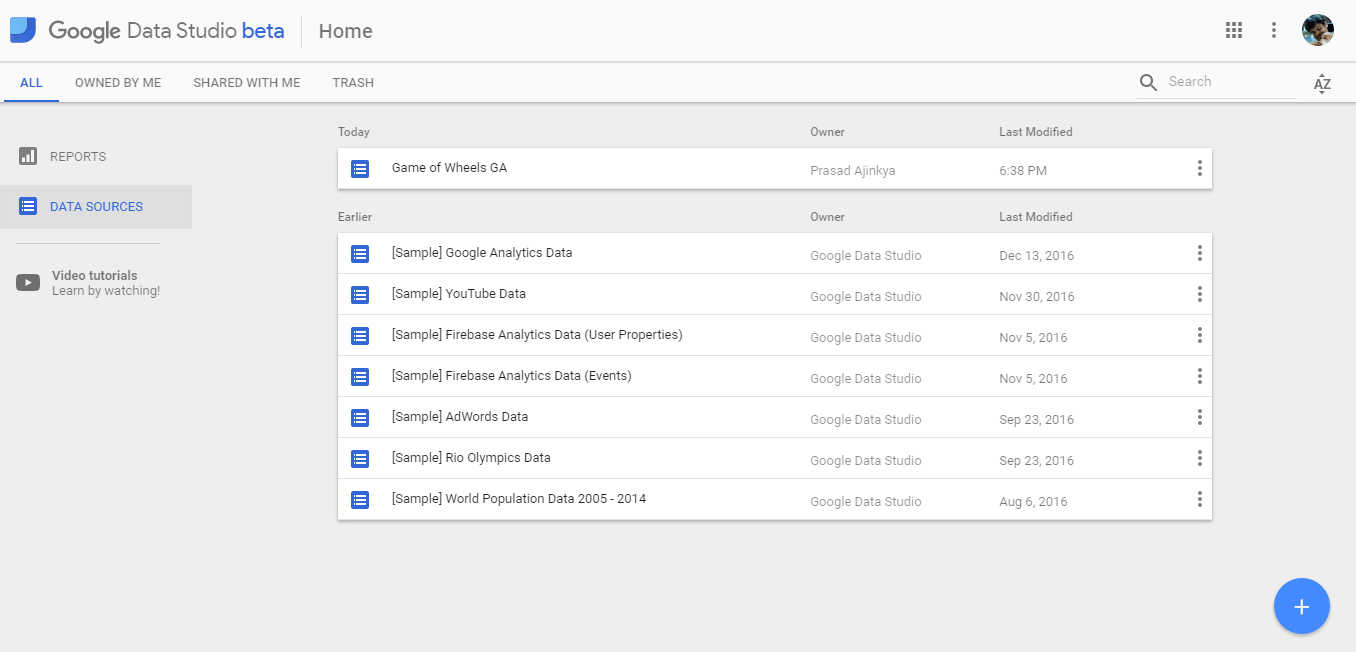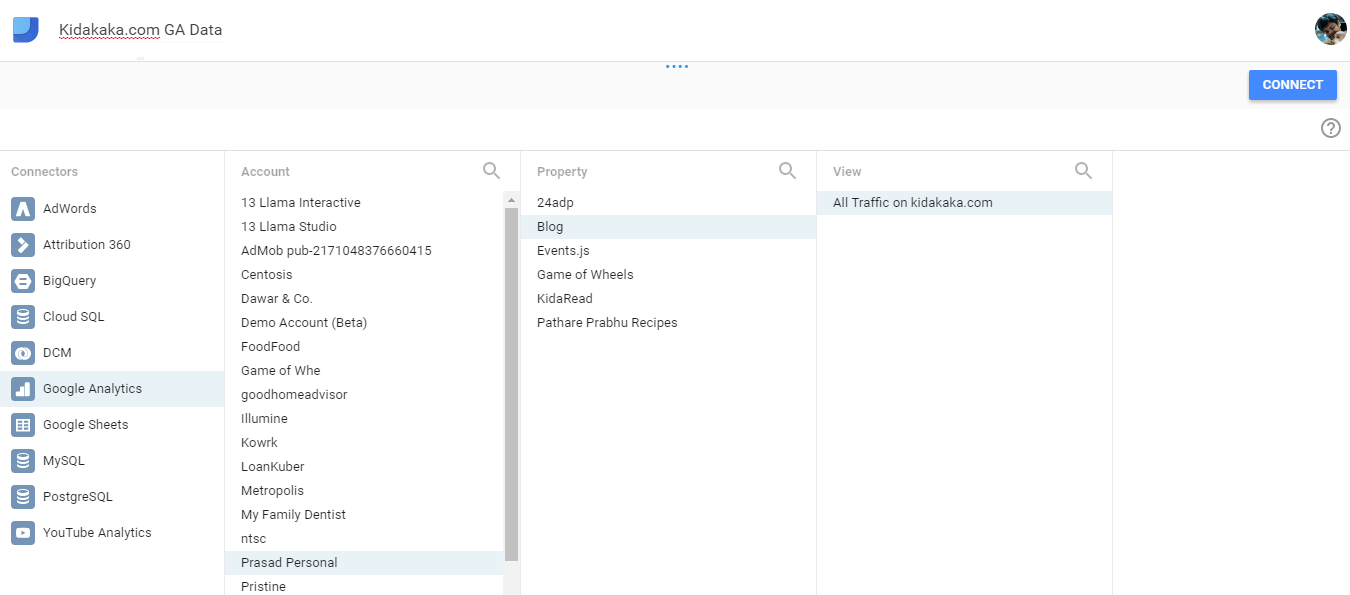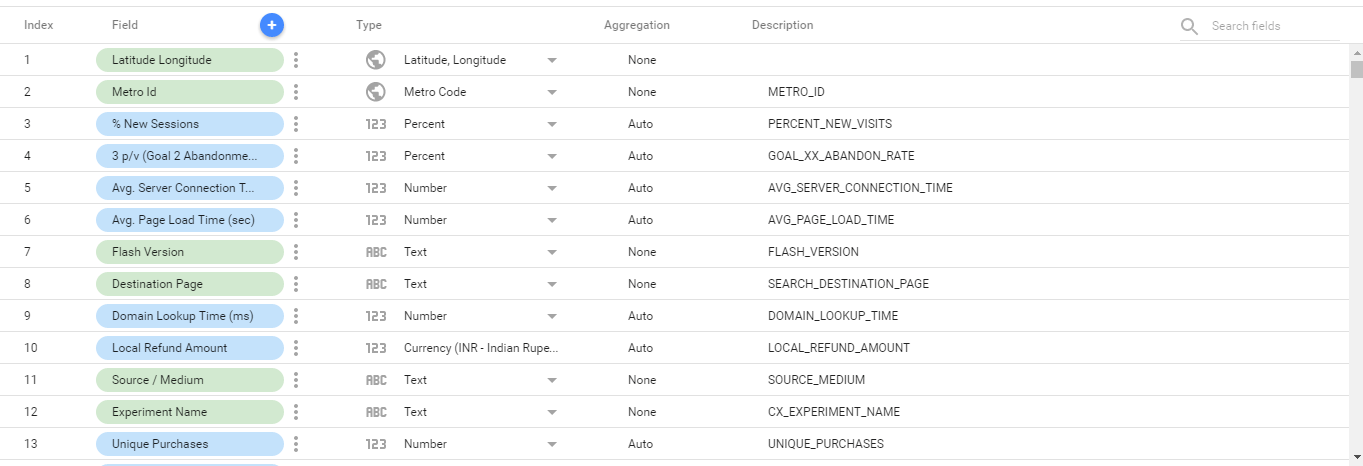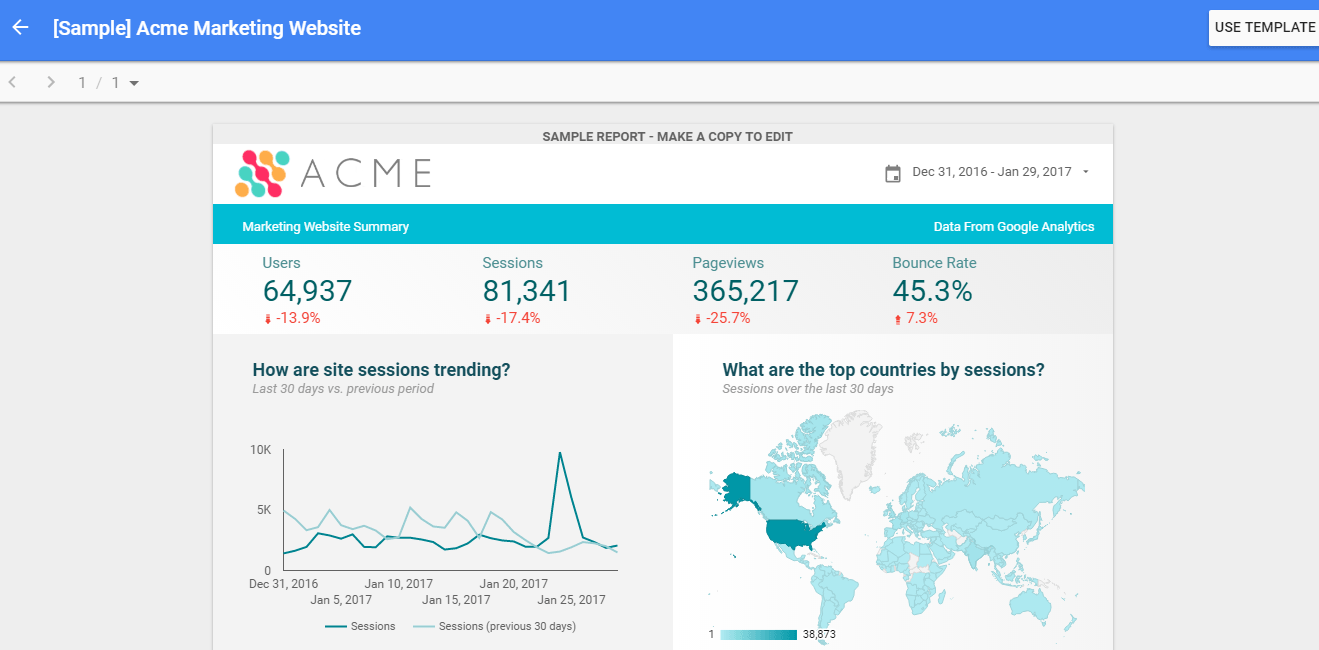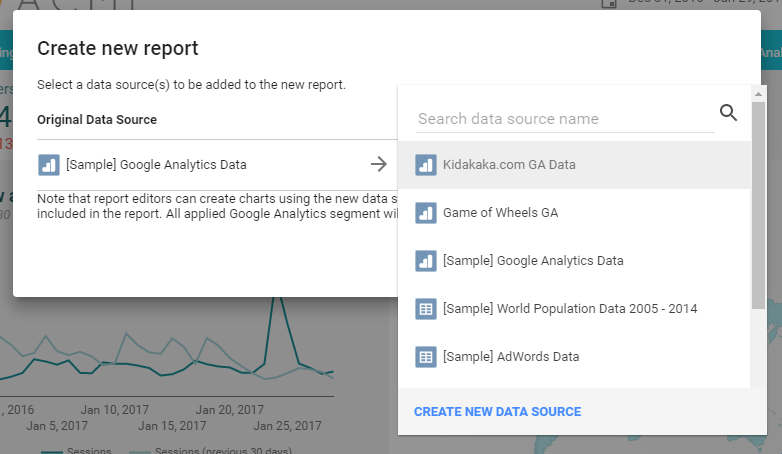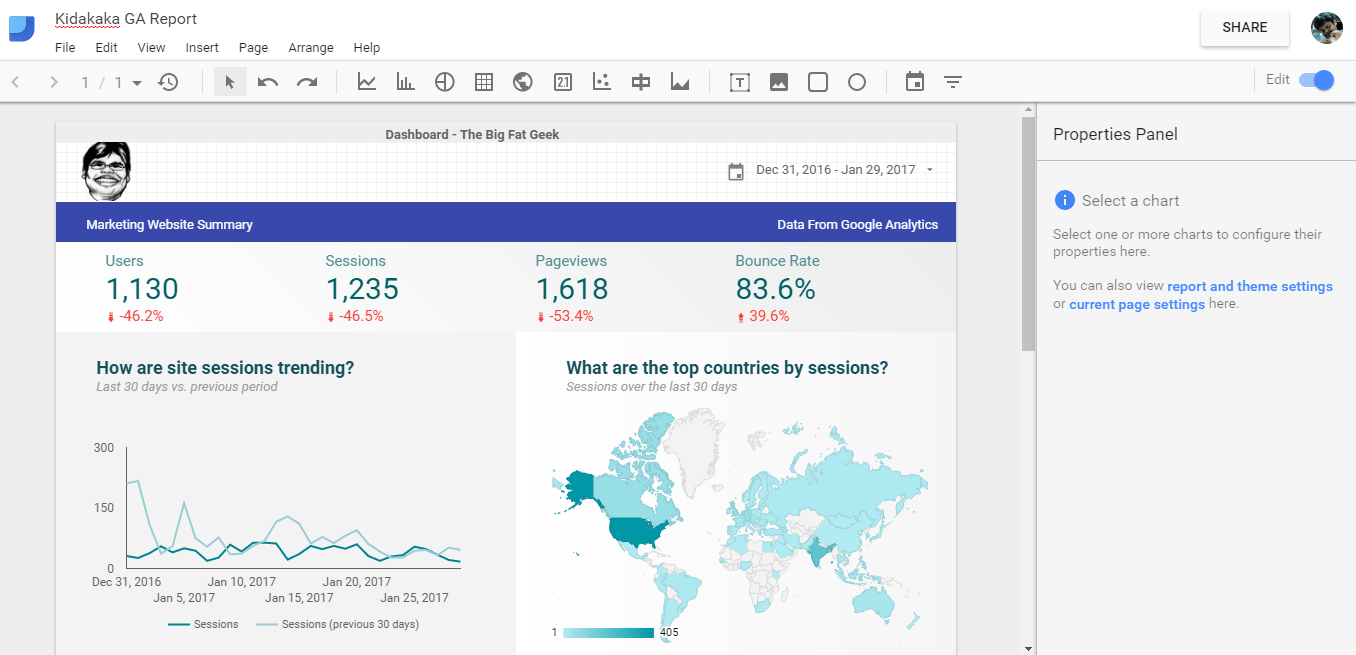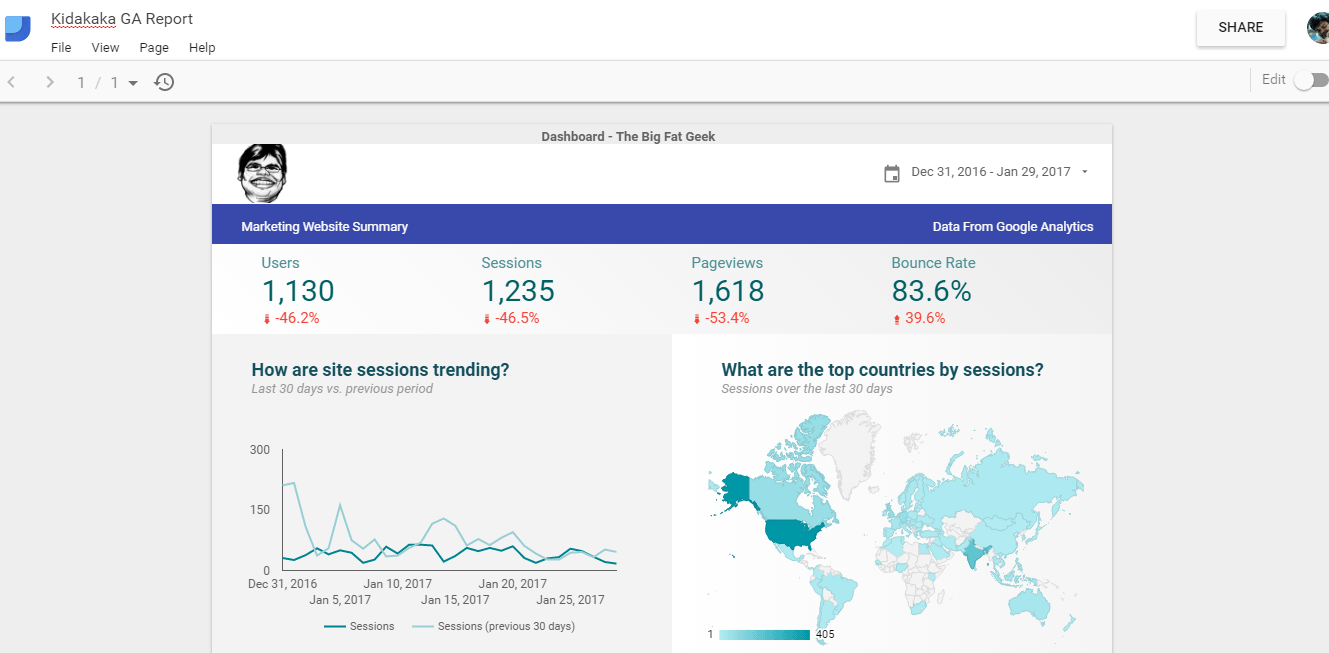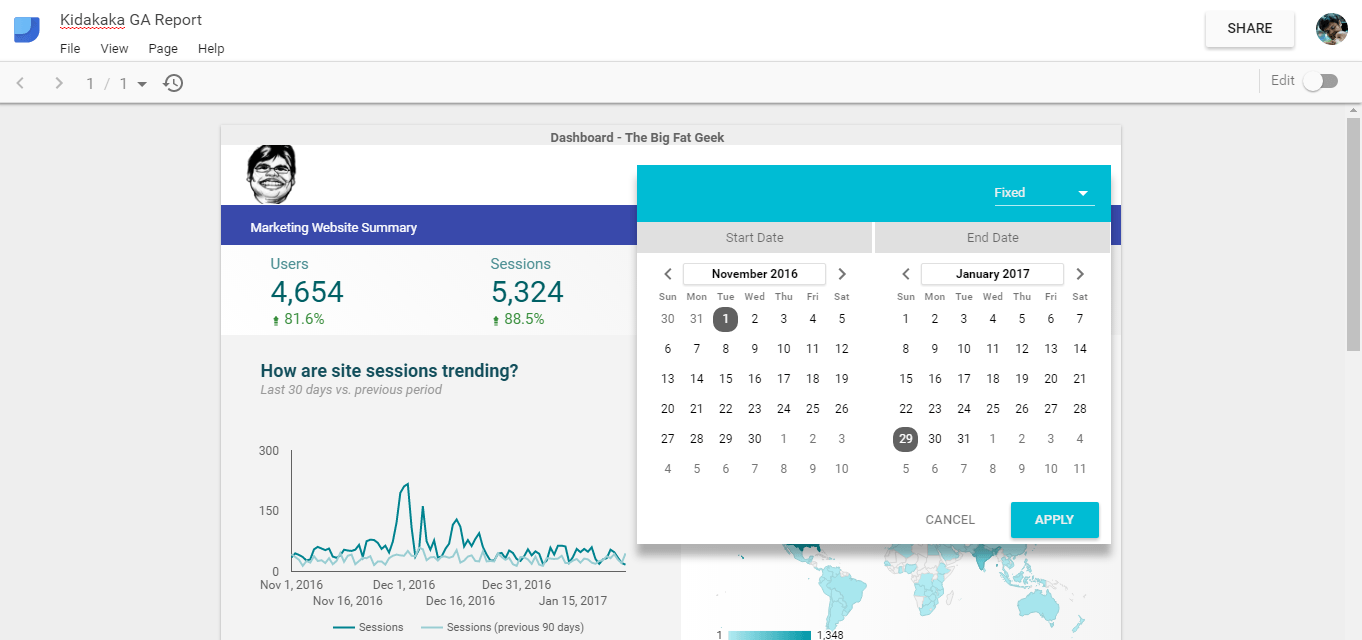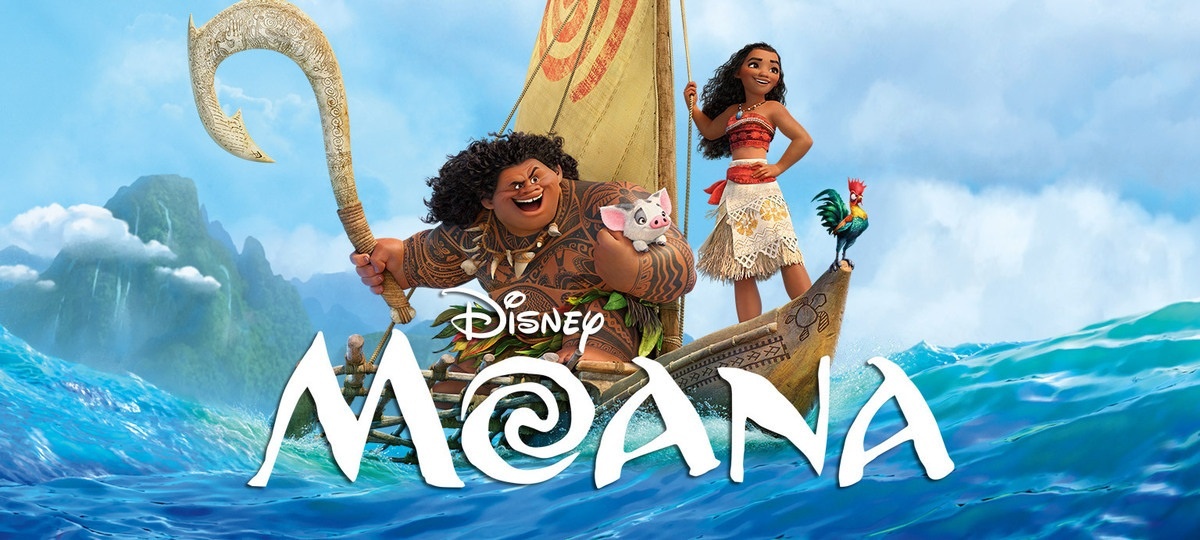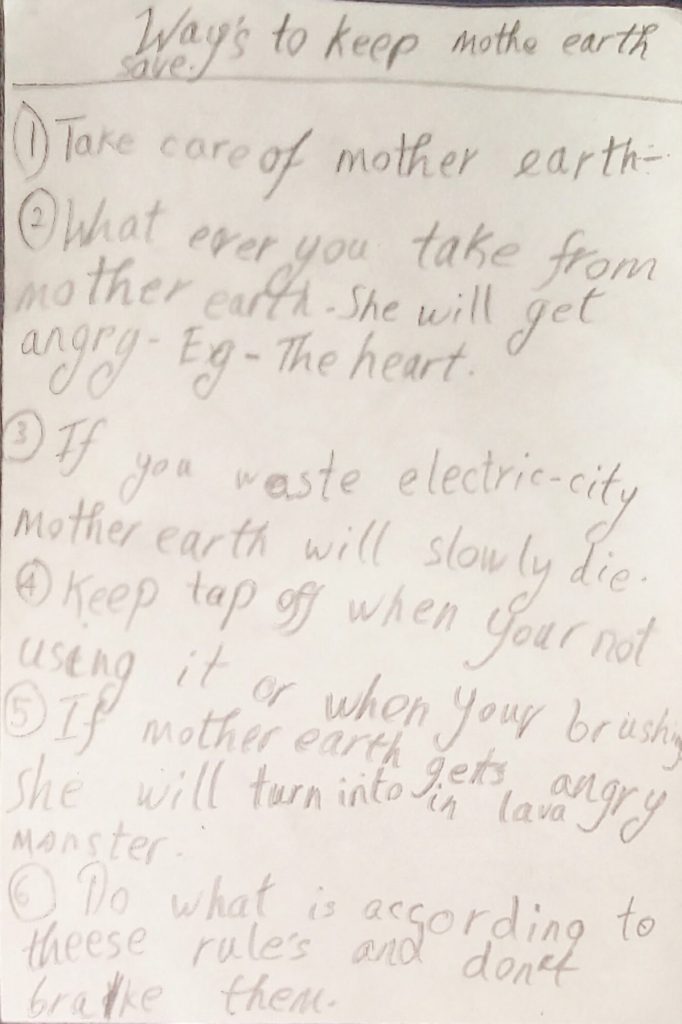This is a narrative to highlight how we somehow miss the element of human engagement in our day to day interactions. In an economy such as India, where 56% of GDP comes from services – missing human engagement seems like a big concern for me.
The incident
In the month of December 2016, my parents and I decided to go to Gwalior. The reason was to attend a friend’s wedding. I figured that we would get some time to look around the city – as well as some time off from work. I did not wish to travel via train (since its a 20 hour journey). Thankfully we had enough time to plan ahead, so we bought tickets off Cleartrip.com (this being one of my favored sites purchase travel tickets – both air and rail).
Flash forward to December 9th, the date of the flight. We huddled up to the T2 terminal in early morning – hoping to reach Gwalior just before lunch. It’s not as if we had planned this in detail – it’s just that there is just one flight that goes from Mumbai to Gwalior. That flight being an Air India one, and that too once a day. So much for choice!
1 hour before the flight, we are checked-in and sitting at the boarding gate. Most of the other passengers have started showing up. My initial suspicion of this flight being empty are quickly put to rest as I count around 50 odd passengers at our boarding gate. Just then, Air India announces that the flight might get delayed by an hour or so – since there is fog at the Gwalior airport. Some folks have started grumbling, and the elderly lady sitting next to me is concerned that she may not reach the hospital in time.
An hour later, the flight is promptly announced cancelled and the hapless attendant at the boarding gate points the irritated passengers towards the Air India desk. Fortunately, I am quickly able to figure out the next steps in flight cancellation and I was able to get the entire PNR of both the flights cancelled (since it was a round trip – this was done de-facto by Air India when they cancelled my onwards journey!).
At this juncture, I realize that reaching by flight is impossible for my parents. I could have gone via Delhi or via Bhopal, unfortunately Air India was not willing to transfer my ticket to another firm’s flight and wanted me to wait for their next empty flight. Somewhere, the Air India helpdesk just stopped being customer friendly (who wouldn’t when faced with 50 angry customers all shouting for alternative flights), and started quoting the policies.
Cancellations and refund
Having my flight cancelled, I got on a call with Cleartrip.com and confirmed the refund amount we would be getting. So for spending roughly 35k for the tickets and wasting so much time, we would be getting most of that amount back. The attendant was super friendly and seemed to grasp the situation – he promptly had an Air India customer care operator on conference call and asked for the full refund. This process amongst the chaos took 5 hours or so. The customer care operator from Air India – Manoj, seemed diffident at first, however he agreed that I would be refunded in full when he learnt that it was a single PNR. The Cleartripper must have been trained for such situations – so he verified this twice on the call. Then he assured me of the refund and asked me to return back home and proceeded to cancel the tickets. We reached home in the evening, having deemed that some time and money had lost and we would be missing my friend’s wedding (sorry Jay!).
After the customary vows of not using Air India ever, and praising Cleartrip for their super awesome service, I went on with life. I was informed by Cleartrip that this refund would be processed in 25 odd days – since I did not have an endorsement copy ready.
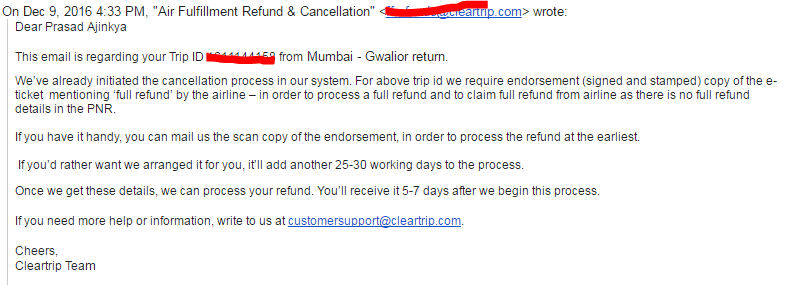
Since, I did not have this aforementioned endorsement copy, I replied back stating that I’d rather wait for Cleartrip to do the same for me.
The Engagement Gap
Now, starts the real story. On the 5th Jan (almost a month after the flight was scheduled), I receive this email from Cleartrip.com.

I remember a cold dread going through this email. Fortunately, I remember that there was a recorded conversation between the three parties (Cleartrip, Air India and I) – where the Air India operator had confirmed and mentioned on record that the refund would be processed in full. So how can they go back on their word?
I picked up the phone and spoke to a Cleartripper about the same. The Cleartripper took some time understanding the issue, went and verified that such a conversation existed, and then asked me about the endorsement copy. I do not know how this looks like so I asked them to arrange it at their side (they claimed they could take care of this, however, it would take their 20-25 more days).
At this juncture, I trusted Cleartrip and said that the wait would be fine (since I have already waited month, another 20 days may not matter).
The Engagement Gap widens
On the 14th of Jan, I receive this email –
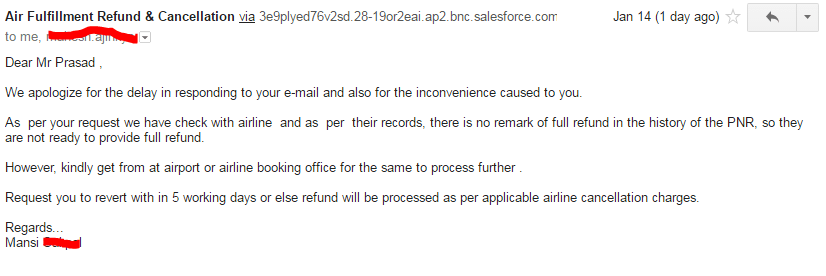
This is where I lost all hope of getting any money back. A cool 30k down the drain. Thankfully, it was a Saturday – and I had some free time on my hands to get into the heart of the matter.
I got onto a call with Cleartrip and 15 minutes later had explained the matter to one more Cleartripper (so now at least 3 of them know about my issue). In classic textbook style script, she proceeds to assure me that they will look into it and will get back to me in some time.
This is where I lost all trust that Cleartrip would indeed solve the problem. Please note, I am not bitching about Cleartrip or Air India – at least not yet! So, I decided to push for a turn around time. I was informed that the concerned person would contact me in an hour’s time.
An hour and a half later, I call Cleartrip to follow-up. A separate person this time, another round of explanations go and this chap also placates, re-assures and promises to get back. I refuse to hang-up, and call him on this point that everyone promises to get back – but no one does. At this juncture, the fine chap that he is informs me that it would be simpler if I had the endorsement copy in place.
Wait, what? So I waited 35 days for Cleartrip to get something which I am not supposed to get. Why did they not say the same in the first place? Why offer to do this if they do not really engage with the problem.
Look who’s talking!
At this point, I realized that screaming or ranting this won’t solve my problem. If I do not chose to do something about this state of issues, then my money is most certainly lost. Grumbling obscenities with Air India, I head on to T2.
I reach Air India’s office and explain that I need an endorsement copy for the flight number. The officer asks me the PNR number which I provide. She looks at the date for a minute and goes to the senior officer. He proceeds to process this (while handling 2-3 other emergencies), he asks me why did I not get this on the day of the flight itself. I narrate the entire incident to him and he gives me the copy in 10 minutes flat. My impression of Air India stands changed.
While this was happening, the Cleartripper (the last one) calls me and suggests me to get the endorsement copy to process the refunds. I email him the required photographs of the copy and there ends the matter.
As I was typing this post, I thought it might make sense to double check with Cleartrip. True enough, they haven’t yet received the endorsement copy from me. It seems that their CRM (which is Salesforce) is not configured to receive attachment to replies, and expects me to send a separate mail (not as part of the mail chain) to them. I send this, and receive acknowledgement of this. I have been told to wait for 2 days on this for any further update. There is a trust deficit in my mind when I talk about Cleartrip … a site which I have been using for around a decade now.
So who is not engaging here?
I don’t know! Is it Cleartrip or was it Air India that f**ked up?
Or was it me who simply did not chase these matters?
Does it have to be this hard? In this mess of exchanges, there were so many opportunities for one human to go the additional distance and close the gaps.
- Air India could have given the endorsement copies the minute the cancellation was announced.
- Cleartrip could have fetched this themselves and not kept buying time
- I could have chased after both Air India and Cleartrip and addressed this matter. I certainly plan to do so now.
The Engagement Glue
If I have not lost you by now, most certainly you are piqued by what I mean by The Engagement Glue.
There are 4 basic interchanges happening here –
1. Purchasing the ticket on Cleartrip. I think they have nailed this experience.
2. The actual flight. Air India could not help here, the Gwalior airport is controlled by the army base and it shuts down operations after 3pm. The fog was a natural act, and could not be helped.
3. The cancellation process. This is where a clear engagement failure happened. Air India officials should feel more concerned about the emotions that a passenger goes through, and not cite policy.
4. The refund process. Another engagement failure, Cleartrippers should look further than providing text book responses. The user should also actively track this (I am the user), it’s his money after all!
In the last two points, there was a need to bridge the engagement gap with some understanding. With some Engagement glue. Human empathy could have been that glue.
Conclusion
At the end of this fiasco (when it ends!), all I want to say is that the trust with which I used to operate is lost and that could have been saved simply by being a bit more human-centric.
I see this in a lot of services, the great service providers go that bit extra and ensure that everyone around them feel customer delight.
The damn thing doesn’t end here!
26th January 2017: This addendum after 10 days.
After waiting for Cleartrip to respond, I called their Customer Care team up. It seems that their representative had forwarded the matter to the wrong team! I am being told to wait for 2-3 days more, guess I will keep this updated and see what comes of it.
